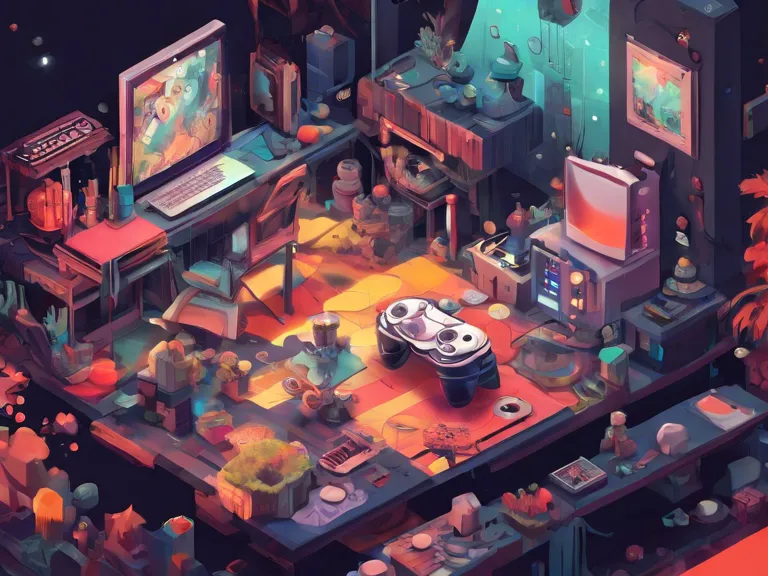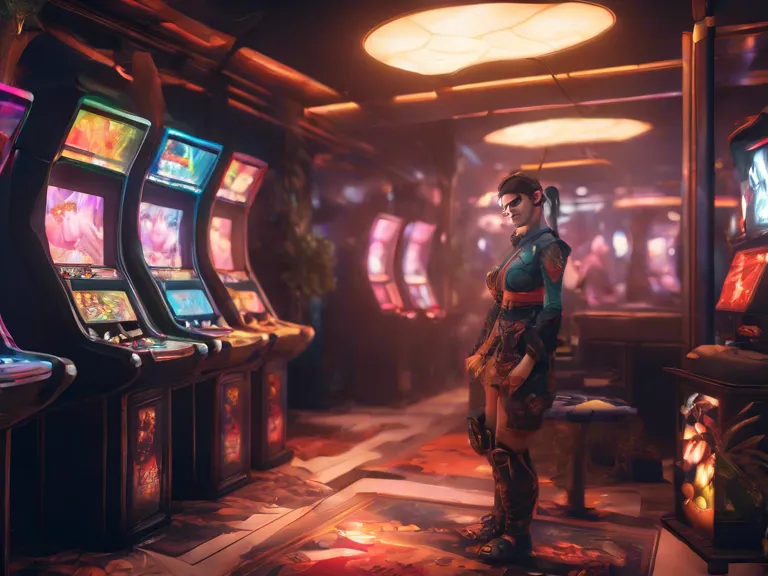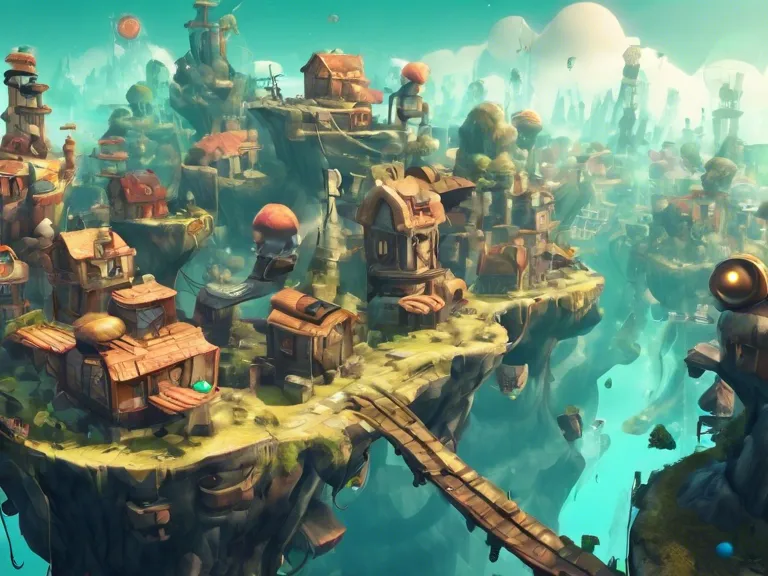
Art and technology have always had a close relationship, but nowhere is this more evident than in the world of game design. The intersection of art and technology plays a crucial role in shaping the way games are created and experienced by players. From the visual elements of character design and environments to the storytelling and overall aesthetics, artistic trends have a huge impact on how games are developed.
In recent years, the influence of artistic movements like minimalism, surrealism, and even street art has been increasingly seen in game design. Games like Monument Valley and Gris have drawn inspiration from minimalist art and architecture, using clean lines and simple shapes to create visually stunning worlds for players to explore. These games not only showcase the beauty of minimalism but also challenge traditional notions of what a game should look like.
Surrealism, with its dreamlike imagery and bizarre juxtapositions, has also made its mark on game design. Titles like Inside and Little Nightmares use surreal elements to create a sense of unease and mystery, drawing players into strange and otherworldly worlds. By embracing the weird and the unexpected, these games push the boundaries of what is possible in interactive storytelling.
Even street art, with its urban grit and rebellious spirit, has found its way into game design. Games like Jet Set Radio and Graffiti Kingdom use graffiti-inspired visuals to create a unique sense of style and energy, capturing the vibrant and rebellious spirit of street art culture. By incorporating elements of street art into their design, these games bring a fresh and edgy look to the gaming landscape.
As technology continues to evolve, so too will the ways in which art influences game design. By staying attuned to artistic trends and movements, game developers can create experiences that are not only visually stunning but also emotionally resonant and thought-provoking. The intersection of art and technology is a dynamic and ever-changing space, one that holds endless possibilities for the future of game design.


